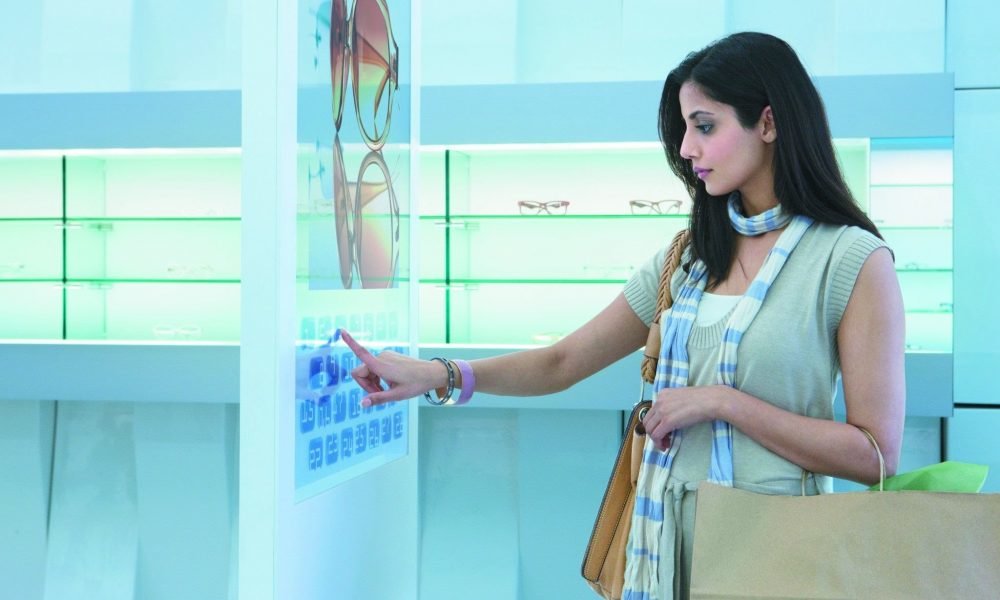
What Will The Shopping of The Future Look Like?

When it comes to shopping, more and more people are choosing online stores, looking through them in search of things they need on their smartphones and tablets. Nevertheless, there are still many more perspectives in this sphere of shopping. Nobody says that physical stores will go away forever. But thanks to the rapid development of technology and online stores, physical stores that offer convenience and services are moving into the field of pure experience, rather than selling products. For instance, take the official Apple stores.
Experts suggest that in the trial rooms holograms will appear that will allow buyers to try on clothes, without undressing. The houses will be equipped with smart technology that can order new light bulbs before they burn out. It will also be possible to print a coffee mug and other products using 3D printers in the stores of the future.
“Physical shopping will be much more fun, because it should become that,” says retail futurist Doug Stevens.
More services
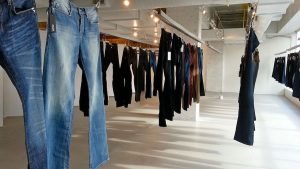 Forrester analyst Sucharita Mulpuru says that the stores of the future will be more devoted to services like day care, veterinary services, and beauty salons. Also, services that combine offline and online shopping will grow. The order will be automated and buyers will use self-service.
Forrester analyst Sucharita Mulpuru says that the stores of the future will be more devoted to services like day care, veterinary services, and beauty salons. Also, services that combine offline and online shopping will grow. The order will be automated and buyers will use self-service.
In some shops everything will be focused on self-service: in the store Hointer in Seattle, all clothing is displayed not in heaps or on the racks, but in the form of a gallery. Customers simply touch their smartphones to the code of the item, then choose the color and size already on the phone. Technology in the store tracks things, and by the time the buyer is ready to try on clothing, it is already in the locker room.
If the buyer does not like the clothes, they throw it down the gutter, which automatically removes the item from the buyer’s online shopping cart. Customers pay automatically, without any cashier.
Nadia Shouraboura, the CEO of Hointer says that as soon as buyers get used to the process, they are already “hooked”.
Invitation vouchers
Some stores like the British Tesco and Duane Reade pharmacies are now testing beacons, Bluetooth devices that can directly connect to your phone, offering discounts on products and either pointing to the store address or offering to pay remotely.
For example, you go to a pharmacy where you usually buy a face cream. The beacon recognizes your smartphone, looks through the history of your previous purchases and sends you a text message or an email, offering a discount on the cream.
“The more we know about customers, the more we can use sales at the micro level, rather than at the macro level,” says Kasey Lobaugh, general manager of retail innovations at Deloitte Consulting. For example, mothers receive 20 percent discounts for Mother’s Day, and regular customers receive discounts on bulk purchases.
3D printing
Lobaugh also suggests that in 10 years, 3D printing will bring major changes in retail trade. Take a simple thing like a coffee mug. Instead of producing it in China, to carry and sell it in retail stores, you can simply download the code of the coffee cup and print it in the seller’s store or at home.
“There are major changes in the structure of retail trade,” Lobaugh said. And although 3D printing today works mostly with plastic, laboratories around the world are developing other printing methods, including tissue and living cells. Some stores already offer basic 3D printing services, but they are extremely limited. Everything will upgraded in the next 10-20 years.
Customize
Steven Jankovic, the chief innovator in eBay, thinks that one-day buying household items will not require any effort at all. For example, the homes of the future will be connected to the Web and will be able to view the user’s purchase history. For example, the washing machine will order a detergent if you run out.
Holograms
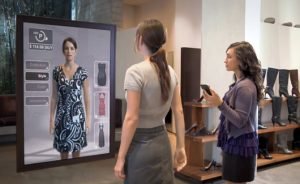 Recently eBay bought PhiSix, which works on creating three-dimensional models of life-size clothes that are to be used in the trial room to instantly try on different styles and colours of clothes. You can try on 30-40 items of clothing, without touching them physically.
Recently eBay bought PhiSix, which works on creating three-dimensional models of life-size clothes that are to be used in the trial room to instantly try on different styles and colours of clothes. You can try on 30-40 items of clothing, without touching them physically.
Jankovic notes that the technology can be used in a virtual dressing room, and also show how you will look when walking down the street. Some companies are already actively testing this. British digital agency Engage created Virtual Style Pod, which scans customers and creates their full-scale models, which can be used to try on luxury clothes from Alexander McQueen and DKNY.
More inShopping
-
Why Is the Price of Beef Rising in 2024?
Grocery shopping has become a challenging task with prices consistently on the rise. You may recall the unexpected surge in egg...
June 18, 2024 -
Did Tyler Perry Buy BET? The Story Behind the Partnership
Did Tyler Perry buy BET? While the media mogul’s attempt to acquire BET captured headlines in 2023, the story took an...
June 10, 2024 -
Fun and Exciting Things to Do When You’re Bored With Friends
Ever feel that awkward silence creeping in during a hangout with your friends? Been there, done that! We all know the...
June 4, 2024 -
What Is Equity in Business? Here’s What You Need to know
When embarking on the journey of growing a business, it’s crucial to grasp the concept of equity. So, what is equity...
June 2, 2024 -
Here Are the Best Saving Money Challenge to Boost Your Bank Balance
Ever feel like saving money is a daunting task? Imagine turning it into a fun game or a friendly competition! This...
May 25, 2024 -
Is Cardi B Dominican? The Star Sets the Record Straight on Her Identity
In the vibrant world of social media, where every aspect of a celebrity’s life is scrutinized, Cardi B recently took a...
May 19, 2024 -
Why Is It Important to Reconcile Your Bank Statements? The Ultimate Guide
Why is it important to reconcile your bank statements? Many business owners view bank statement reconciliation as a tedious task. However,...
May 12, 2024 -
Unlock Free Trips By Paying Mortgage & Loans with Credit Cards
Making large payments wouldn’t have been easier if it weren’t for credit cards. The system ensures full safety and quick transfer....
May 2, 2024 -
Skimpflation: Is Luxury Losing Its Luster?
In the glamorous world of luxury, a quiet revolution is underway, and it goes by the name of ‘skimpflation.’ Imagine your...
April 26, 2024

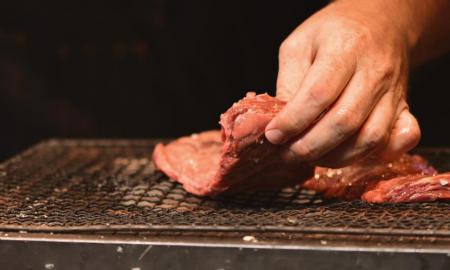


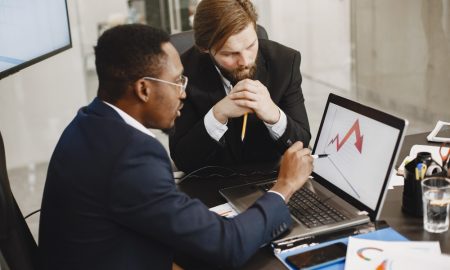
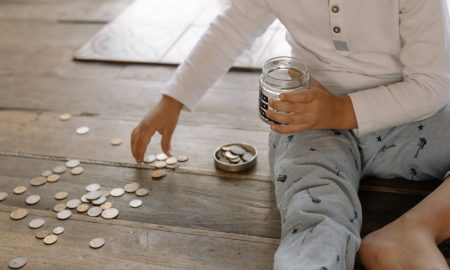


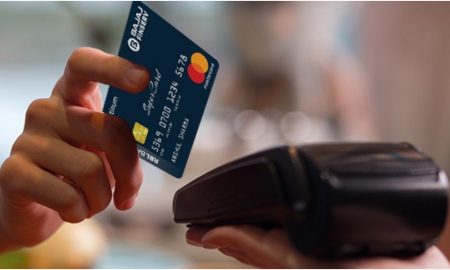
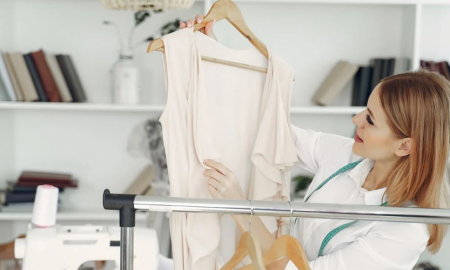
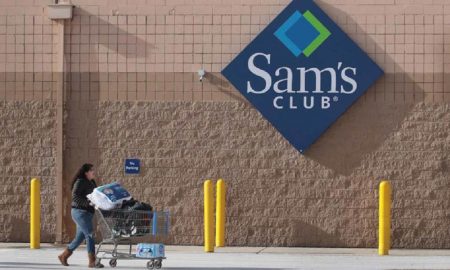
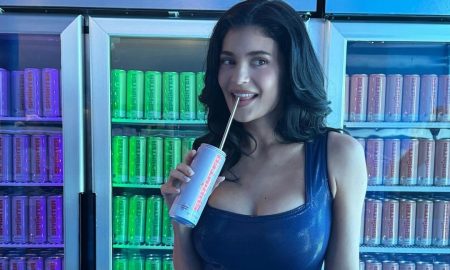
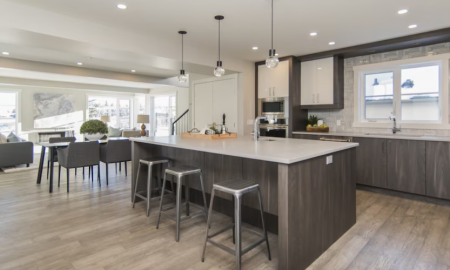

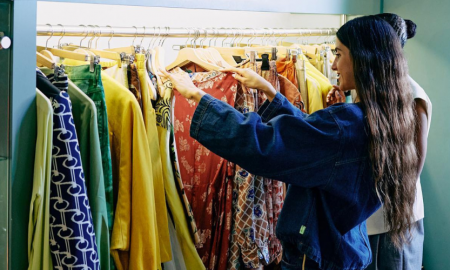
You must be logged in to post a comment Login